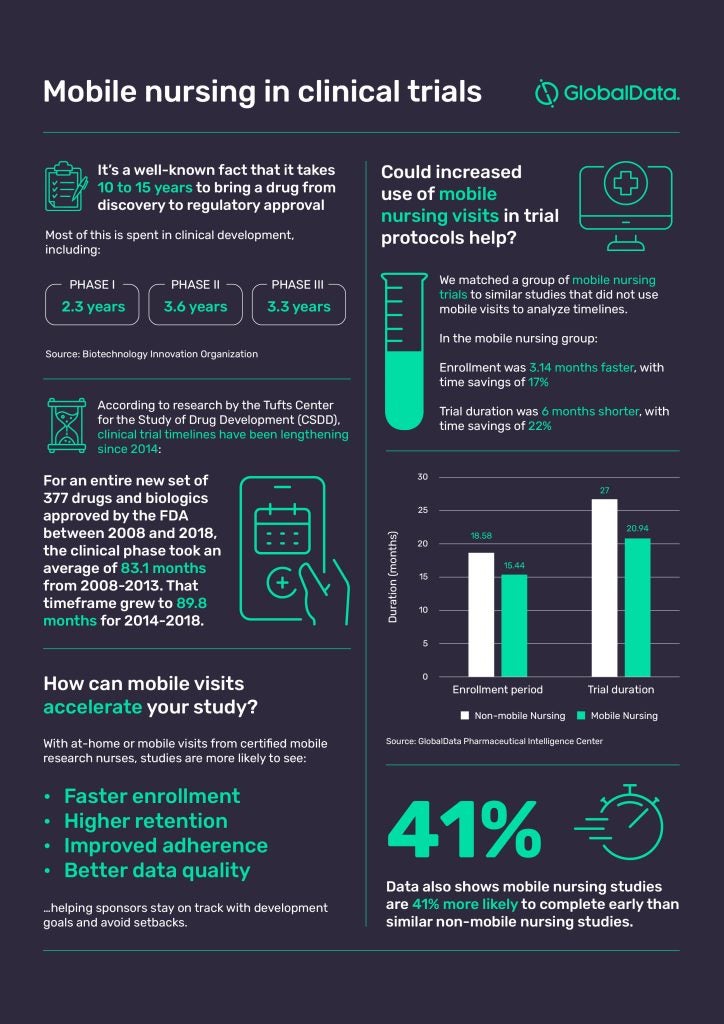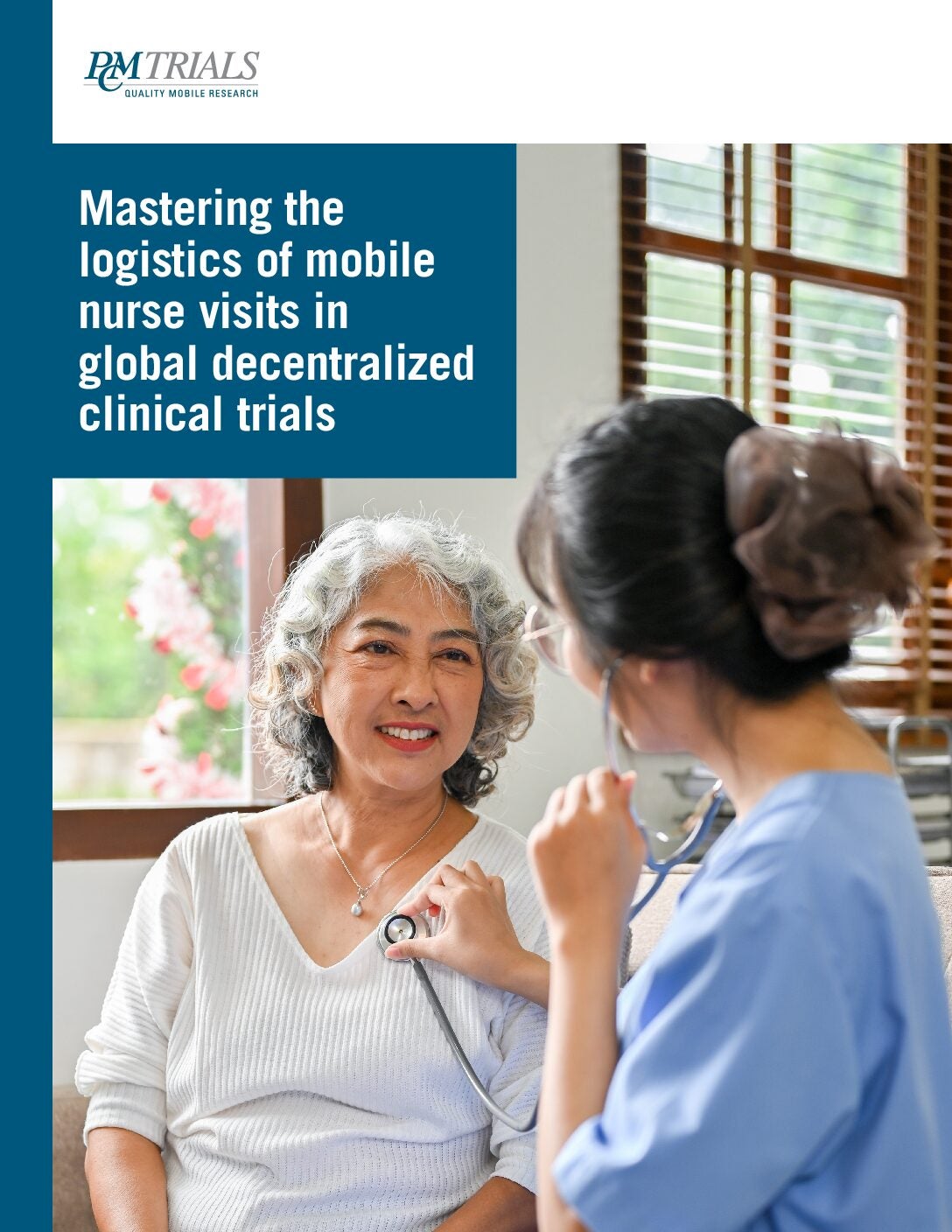
Clinical research has never been a quick process, nor should it be. A vast amount of data is required to validate the safety and efficacy of an experimental treatment. This is gathered over three or four separate trial phases, each one studying an increasing number of participants in order to limit risk, optimize dosing, and understand a drug’s longer-term effects.
This entire process can take the best part of a decade according to Biotechnology Innovation Organization, and research from the Tufts Center for the Study of Drug Development suggests timelines are getting longer still, increasing by an average of 6.7 months in one ten-year period. Delays are common, often rooted in enrollment difficulties, and typically the reason for escalating costs.
Meanwhile, the demand for new treatments continues to grow, particularly in the orphan disease space where limited therapy options currently exist. Further motivated by the need to stay ahead of competitors for market exclusivity rights, all while limiting the spiraling costs associated with delays, sponsors are keen to address the causes of slow timelines and ensure the clinical phase does not take any longer than it needs to.
One approach that has been gaining traction recently is decentralization, including the ability to dose patients, collect samples, and provide clinical assessments through remote visits from registered nurses. The idea is that by facilitating a more patient-centric approach to the research, rather than requiring patients to travel inconvenient distances to sites, sponsors can overcome the hurdles that have traditionally caused their trials to lag.

Through lessening the burden of a clinical study by accommodating patients in their daily lives, the number of participants dropping out of studies is expected to reduce. This has certainly been the case for PCM Trials, the clinical trial industry’s leading provider of mobile nursing and research services.
“We do find that with remote visits you’re not losing patients,” confirms Ellen Weiss, VP, In-Home Solutions, Decentralized Clinical Trials at the US-based company. “If you don’t have to replace patients, you don’t have those start, stop, start, stop disruptions in your data flow.”
The other major benefit is that sponsors are more likely to attract and retain the healthiest candidates for their studies, she adds, potentially even enabling them to recruit fewer patients faster due to the reduced incidence of comorbidities and other health-related challenges.

“If we can find the fittest patients possible – and patients who say yes early in their disease journey –and keep them in those trials with full compliance to the protocol, we’re going to have cleaner, more complete data and data locks that are happening on time,” Weiss explains.
As the above infographic highlights, GlobalData has found that the use of home nursing could lead to time savings of 17% during enrollment and 22% throughout the trial. To arrive at these findings, home nursing trial timelines for studies that started since 2016 were compared against those for similar trials that did not use home nursing. Specifically, the two groups of studies were matched by therapy area, region/country, and modality (small molecule, antibody, vaccine, and peptide).
Experience is paramount
By nature of the patient-centric approach that decentralized clinical trials allow, remote visits may present opportunities to gather more robust trial data in a more efficient manner, ultimately helping sponsors get a step closer to the long-awaited commercialization of their investigative products. But to drive the efficient set-up of remote visit programs, experience is key.
“Our 15 years of experience in delivering remote visits allows us to move faster,” Weiss says. “Setting up all the pieces in order to get the right materials and equipment in the right hands in the right place and at the right time is quite a feat. It takes a lot of coordination and experience, and a vendor list that can help you accomplish those things. But once those pathways are drawn and the site, the patient, and the investigator are experiencing these remote visits, they tend to run like a watch.”
To learn more about mobile research nursing and remote visits, please download the case study below.



